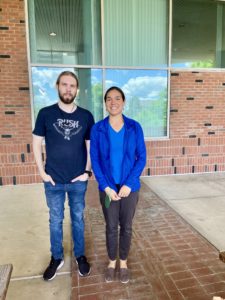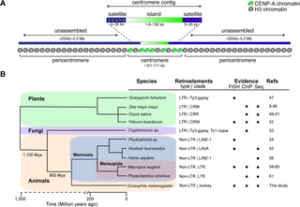What a whirlwind the past couple of years has been! Check out what we’ve been up to in 2021 and 2022:
- The lab had a lot of fun at GLAM EvoGen in Buffalo this year.
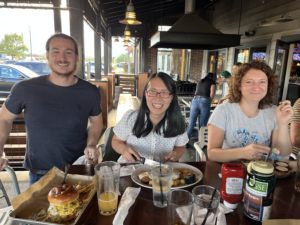
Emiliano, Xiaolu, and Cecile enjoying a post-GLAM meal. 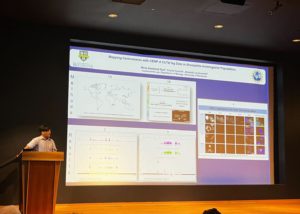
Undergraduate Miraz Sadi gives a great lightning talk on centromere evolution at GLAM Evogen in Buffalo, NY. - Matt Lindsay passed his quals. Congratulations Matt!
- Emiliano Martí joined the lab and will be co-advised by Daven Presgraves.
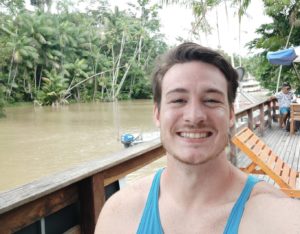
Emiliano, an E2G2 grad student, joined the Larracuente and Presgraves labs - In 2022 we’ve been busy with papers on Y chromosomes, drivers, and telomeres, oh my!
- We said goodbye to amazing undergraduates who are moving on to bigger and better things! Congratulations, Tuan, Sherif, Vera, Eddyson, and Chuqin.
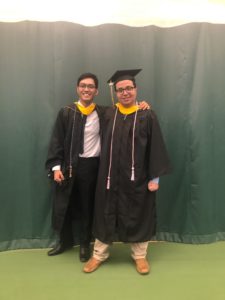
Tuan Pham (left) and Sherif Negm (right) are off to PhD programs Brown University and the University of Chicago, respectively. Congratulations graduates! - Our NIH MIRA grant was renewed. We are excited to continue our work on satellite DNA functional and evolutionary genomics!
- Xiaolu’s paper on satellite regulation came out in eLife.
- Check out this blog from the NSF on our hackathon: Hacking is a broader impact activity

